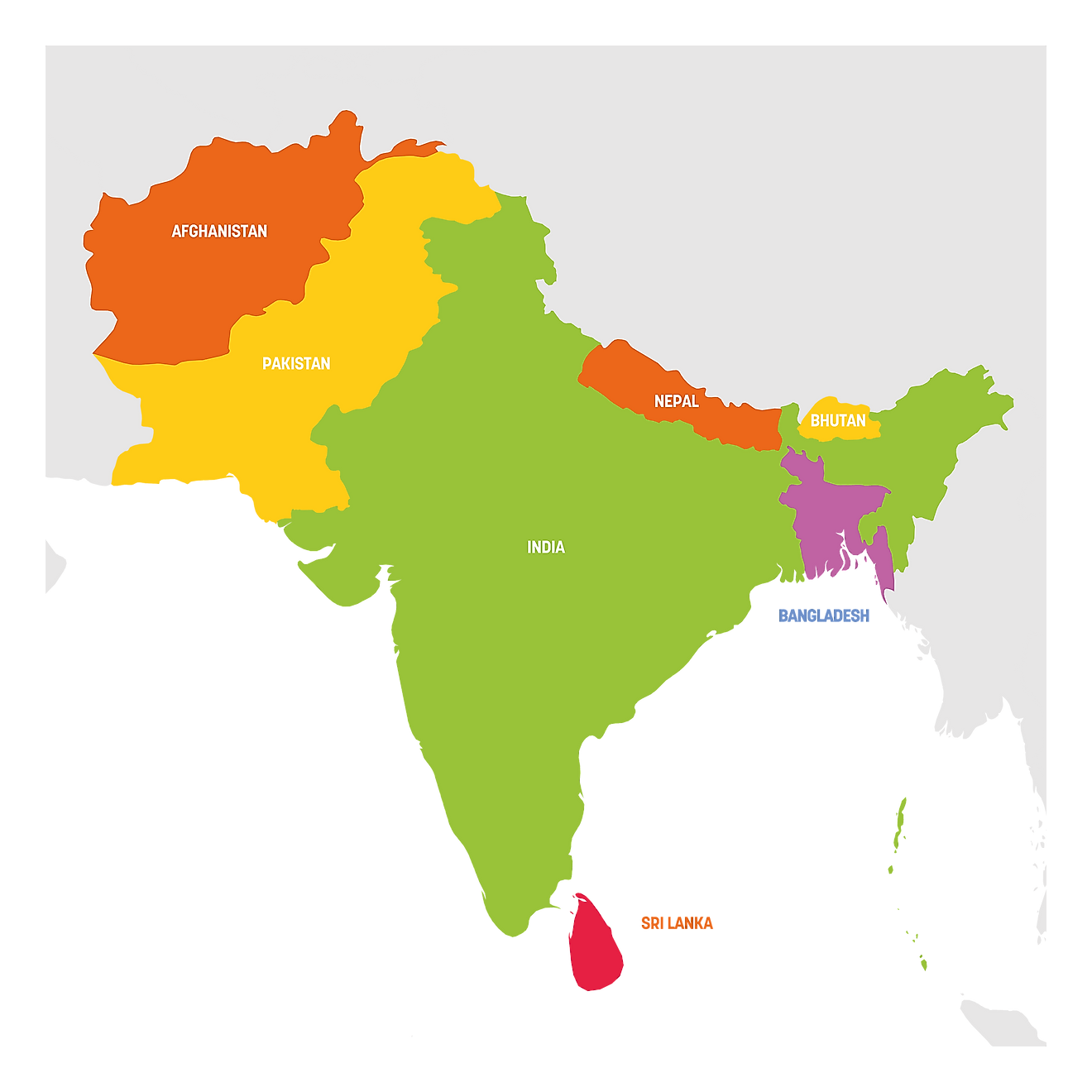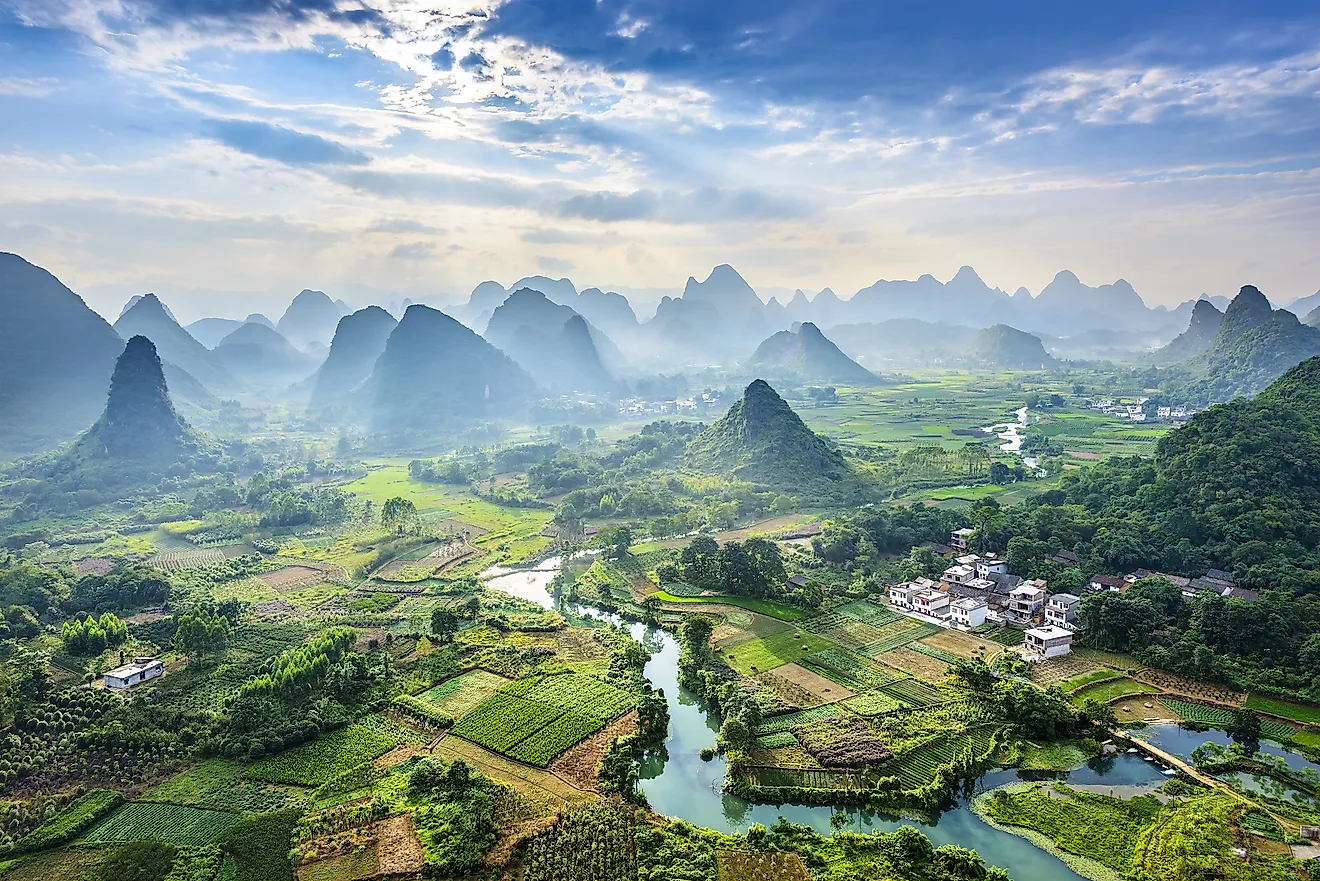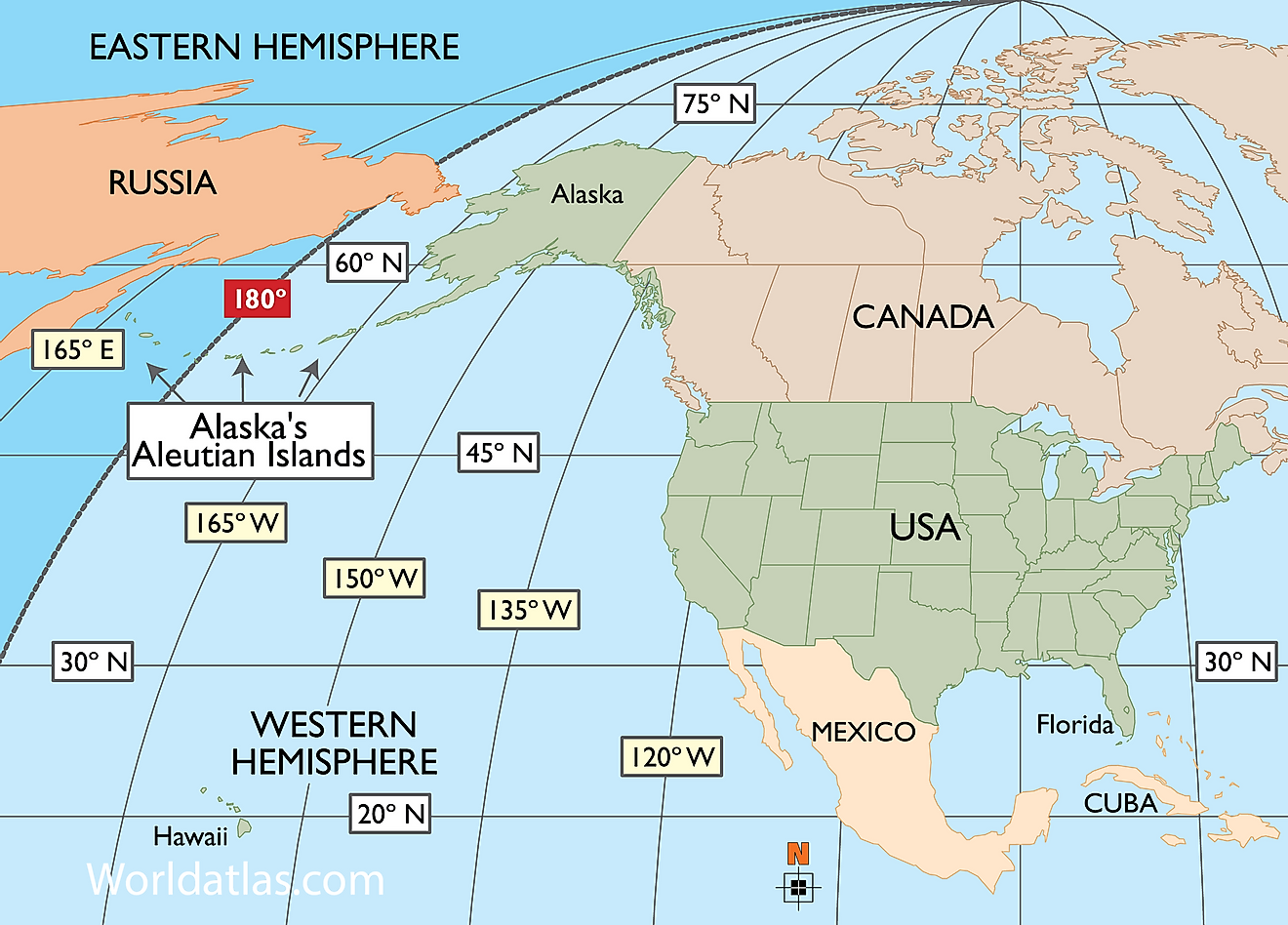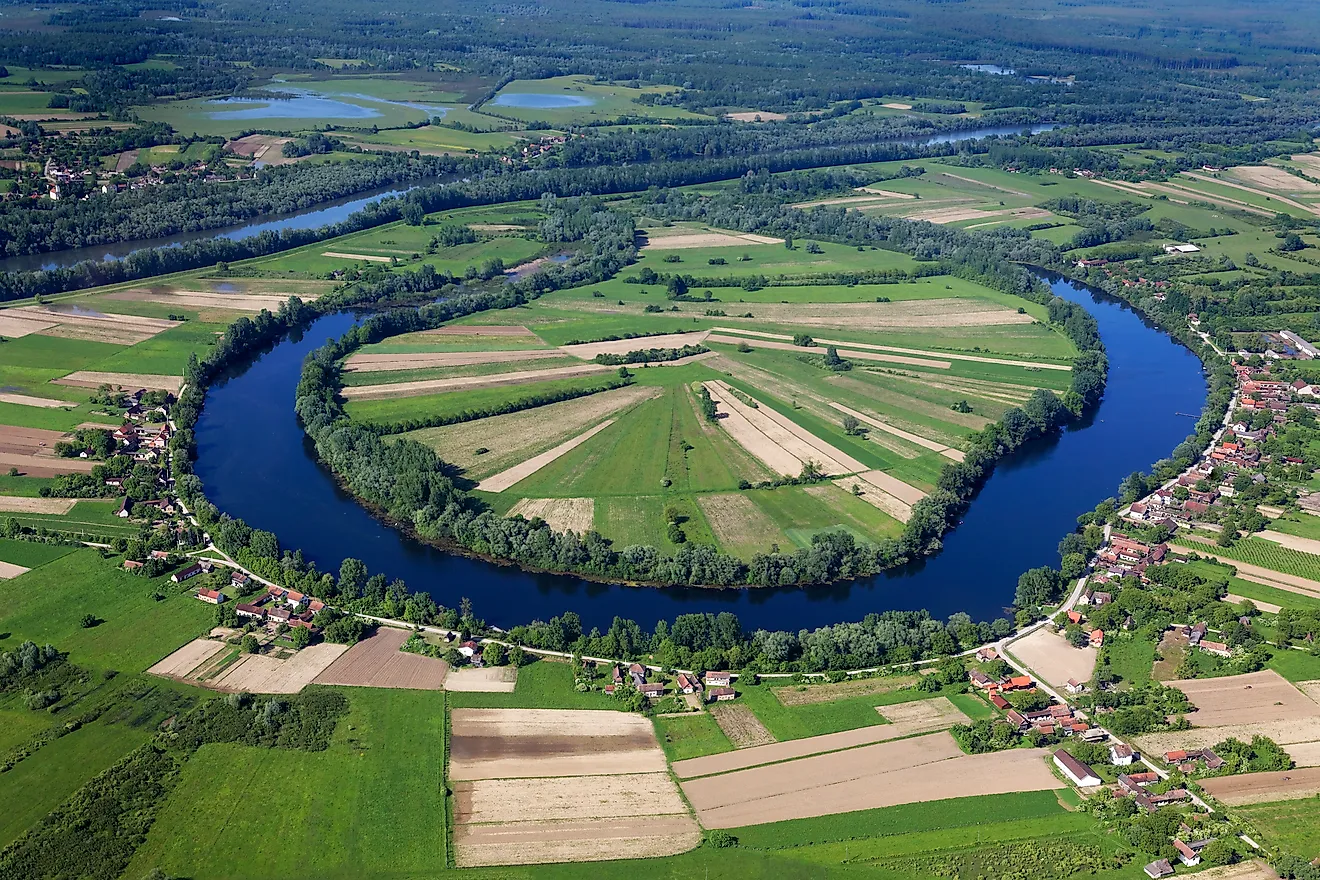What Is Polynesia?
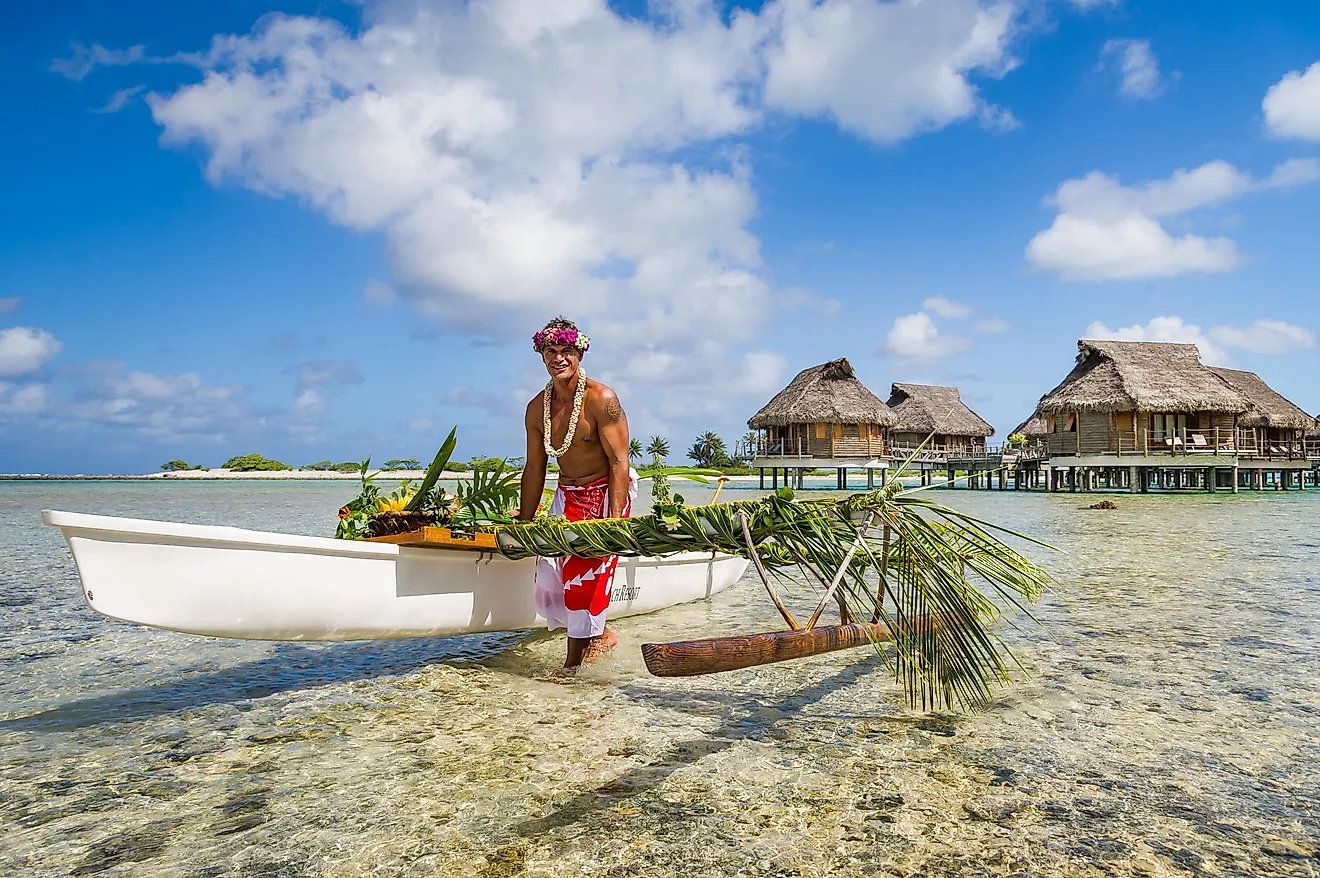
- Polynesia is a group of over 1,000 islands in the Pacific Ocean that form a triangle with Hawaii in the north, Easter Island in the east, and New Zealand in the south.
- The inhabitants of each island developed their own specific customs and traditions, so there is no one Polynesian culture but rather several similar cultures with a shared history.
- The various Polynesian cultures, practices, and traditions changed drastically as a result of European colonialism.
Contents:
- Where Is Polynesia?
- Historical Overview
- Sea Life and Diet
- Social Class
- Gender Norms
- Clothes And Tattooing
- Religion
- Western Colonialism
- The Current State Of Polynesia
Where Is Polynesia?
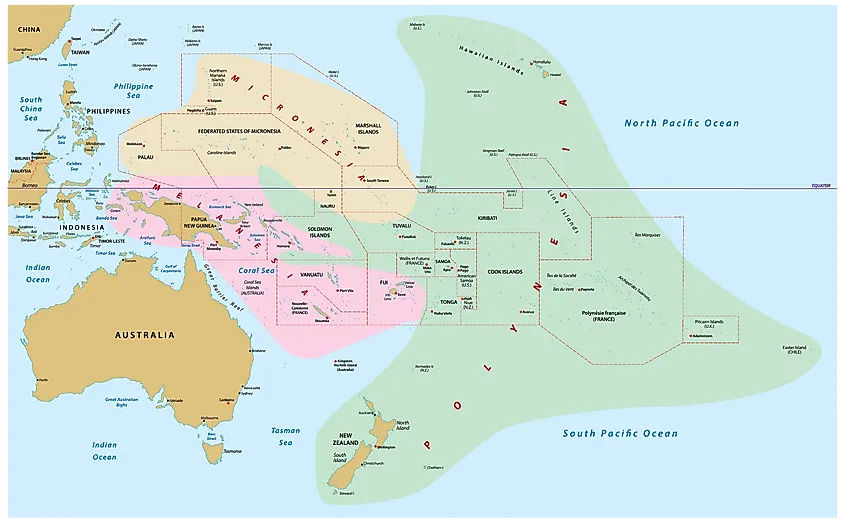
Polynesia is a grouping of over one thousand islands in the Pacific Ocean. In fact, the name Polynesia means “many islands” in Greek.
These islands form a triangle with Hawaii in the north, Easter Island in the east, and New Zealand in the south. Within this region are many other well-known islands, including French Polynesia, Samoa, and the Cook Islands. To the west of Polynesia are the Micronesia and Melanesia islands, also in the Pacific.
Polynesia includes six independent nations (New Zealand, Samoa, Tonga, Tuvalu, Vanuatu, and the Solomon Islands), two political bodies part of larger nations (Hawaii with the United States and Easter Island with Chile), two self-governing bodies with ties to former colonial powers (Niue and the Cook Islands with New Zealand), and five territories administered by other nations. Here is a complete list of the countries/territories/dependencies that are part of Polynesia:
- American Samoa
- Cook Islands
- Easter Island
- French Polynesia
- Hawaii
- New Zealand
- Niue
- Norfolk Islands
- Pitcairn Islands
- Rotuma
- Samoa
- Tokelau
- Tonga
- Tuvalu
- Wallis and Futuna
Polynesia does not experience annual seasonal changes. Instead, the temperature hovers around 80 degrees Fahrenheit (27 Celsius) for most of the year. Each island typically contains a mangrove forest along the coast, followed by palm trees, and then rainforest further inland. The region is also home to numerous volcanic islands and some of the highest mountains in the world.
Historical Overview
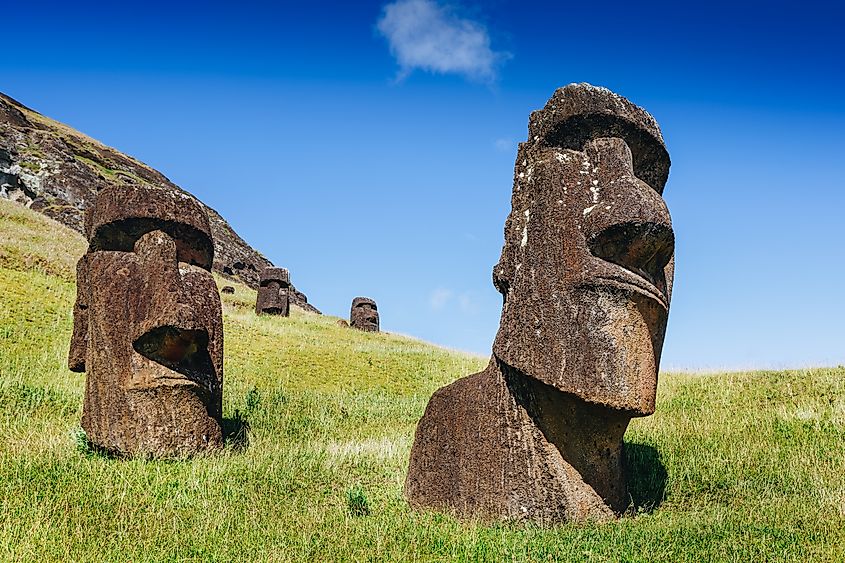
The history of Polynesia generally spans four eras: exploration and settlement (1800 BCE to 700 CE), pre-European growth (700 to 1595), European exploration (1595 to 1945), and modern times (1945 to the present).
Between 3000 to 1000 BCE, speakers of the Austronesian languages ventured from Taiwan to Micronesia and Melanesia. There, the prehistoric Lapita culture began to develop. Its people continued to spread eastward and by 700 CE, they had settled within the Polynesian triangle. Each local population established their own society and political structures. War tended to break out among tribes separated by natural defences like mountain ranges, whereas conflict was rare when different people could openly co-exist on flatland islands that allowed for easy communication.
In 1595, Spanish navigator Álvaro de Mendaña de Neira became the first European to reach Polynesia, but it would be Captain James Cook of the British Royal Navy who made the first attempt to explore the region, in the mid-18th century.
By the early 1900s, almost all of Polynesia had been conquered by western powers. After the Japanese attacked Pearl Harbor in December 1941, many of the islands were used as Allied military bases. Once the war ended, political change started to occur due to the dissemination of anti-colonial sentiments. In 1962, Samoa became the first Pacific nation to gain its sovereignty. Today, most Polynesian Islands have some degree of independence.
Sea Life and Diet
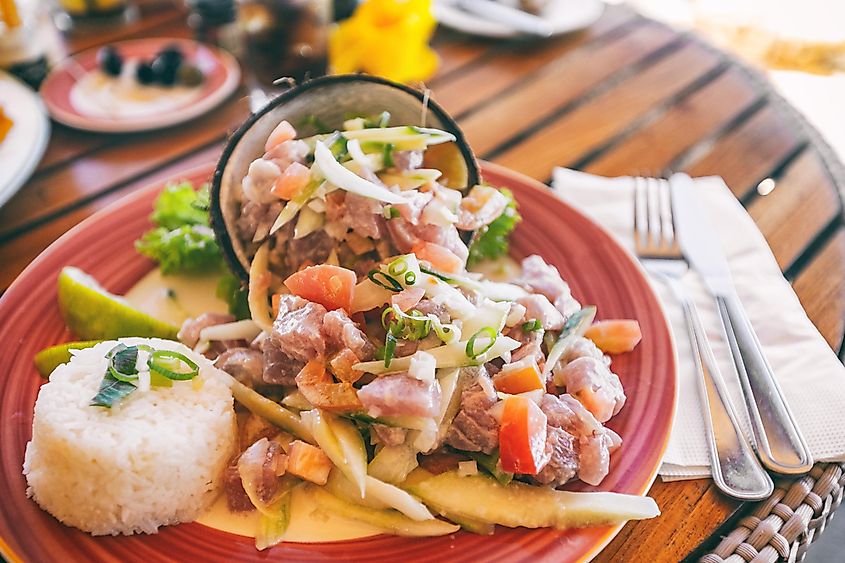
Over the years, most Polynesians adapted to their ocean environment to become excellent mariners. They frequently left coastal waters for the high seas, exploring for hundreds of miles in every direction. Some voyages from Easter Island went as far as 300 miles (500 km) away.
They favored this lifestyle because it provided the most protein to sustain their diet. Fishing was conducted both individually and in groups. Oftentimes, religious rituals were performed to help with these efforts. Tuna and various types of crustaceans were common catches. Seaweed was also collected for its salty taste.
Other common food sources included fruits and vegetables such as bananas, coconuts, and yams. The Tahitians in particular relied on breadfruit, whereas the early Hawaiians ate taro root. Also, the pandanus fruit was widely used as a type of chewing gum.
The first Polynesian cultures did not possess a market system. Rather, all exchanges occurred by bartering. Fishermen would take a portion of their daily catch and move to the inland villages where they would trade for items gathered out on the land.
Social Class
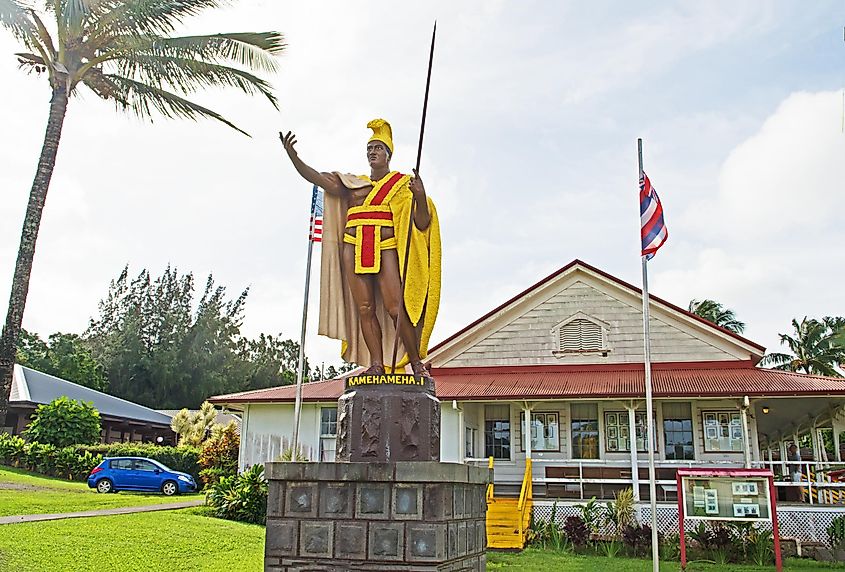
Traditional Polynesian communities focused on shared spaces, whether for social or ceremonial purposes. Regardless, a clear social hierarchy existed. For example, Marquesan houses were built on platforms, the height of which depended on the status of the owner. Chiefs, warriors, and religious figures might have lived seven to eight feet off the ground, while people of lower status might have been no more than a few inches high. Also, every person within a community possessed personal property, but upper-class individuals tended to have better items such as sleeping mattresses and carved furniture. Lastly, marriage was often prohibited among people from different social tiers; the children of these couples were killed at birth in some Polynesian societies.
Gender Norms
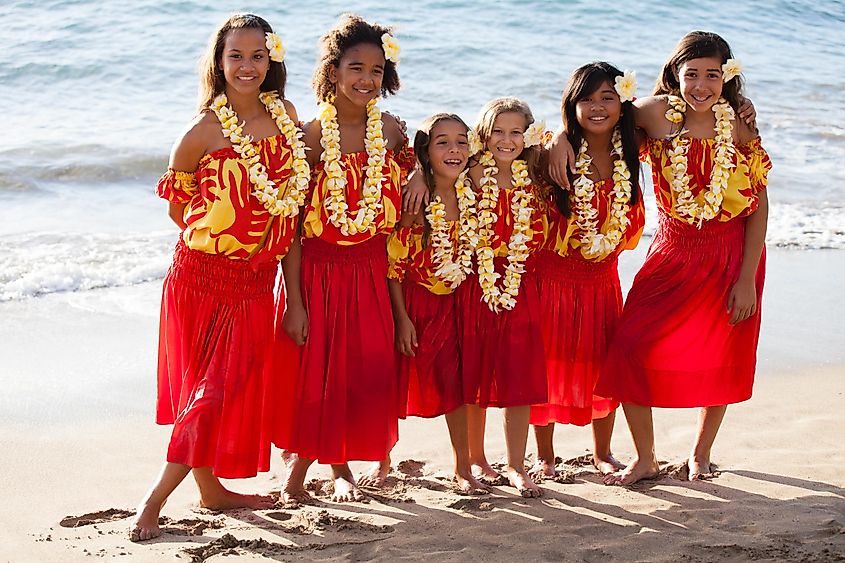
The status of women in Polynesia depended on the individual island. In Marquesas, for example, women were considered nearly equal to men, while in other Polynesian societies, they held lower positions.
Labor was traditionally divided by gender, with the men responsible for fishing, construction, and protection while the women collected food, wove baskets, and made clothes. On many islands, men and women also ate separately.
Unlike most global societies, polygamy was very common, but it was the woman who could have more than one husband. It was less common for a man to marry more than one person.
Clothes And Tattooing
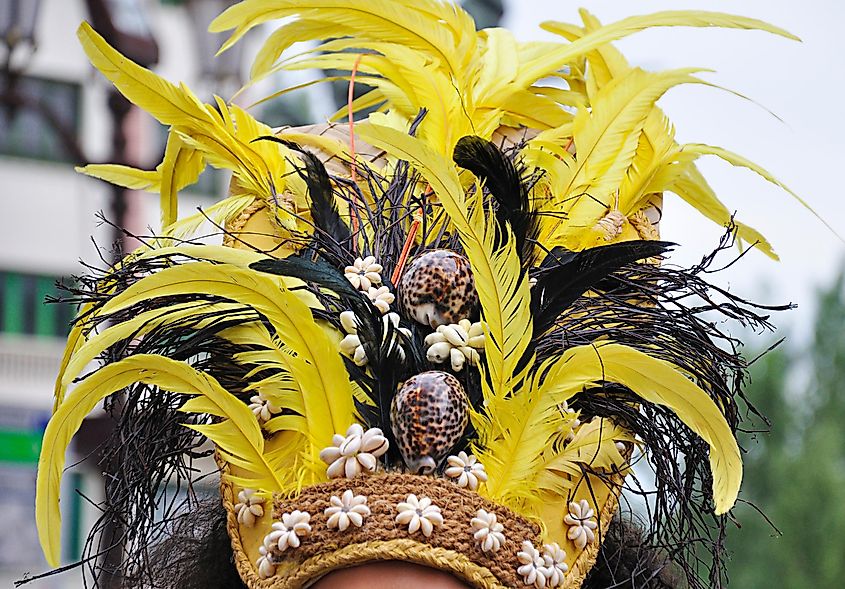
Before the arrival of westerners, both men and women wore sections of bark cloth around their waists. Ornaments and feathered headdresses were also worn by both genders at ceremonial events. Such ornaments were often made from mollusk shells that could also be made into a variety of tools.
In many Polynesian cultures, tattoos carried immense cultural and symbolic significance as they were inspired by the rich mythology of the local people. Heroic figures were usually incorporated in some way. Puberty was often marked by the adolescent’s first tattoo.
Religion
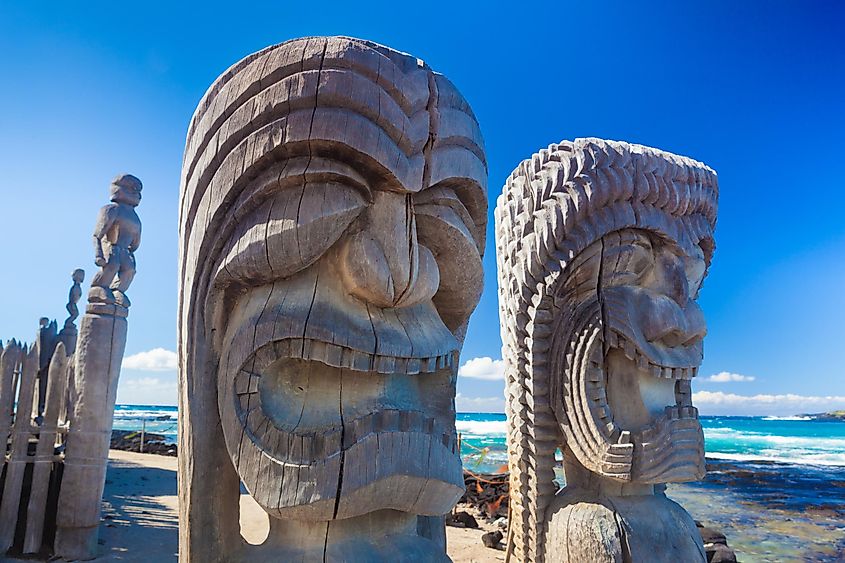
During the pre-colonial era, there was a variety of religions that existed throughout the Polynesian Islands. Most of these religious ideas and practices involved what is known as Mana, a life force or sacred power that all things—animate and inanimate—possess. Women were especially known to have great Mana as proven by their ability to reproduce. In some cultures, chiefs also possessed great Mana as they were thought to be related to the gods.
The concept of Tapu—commonly known as taboo—was also very important. Many Polynesian societies had strict rules to protect against certain sacrilegious actions or anything that was considered forbidden.
Western Colonialism
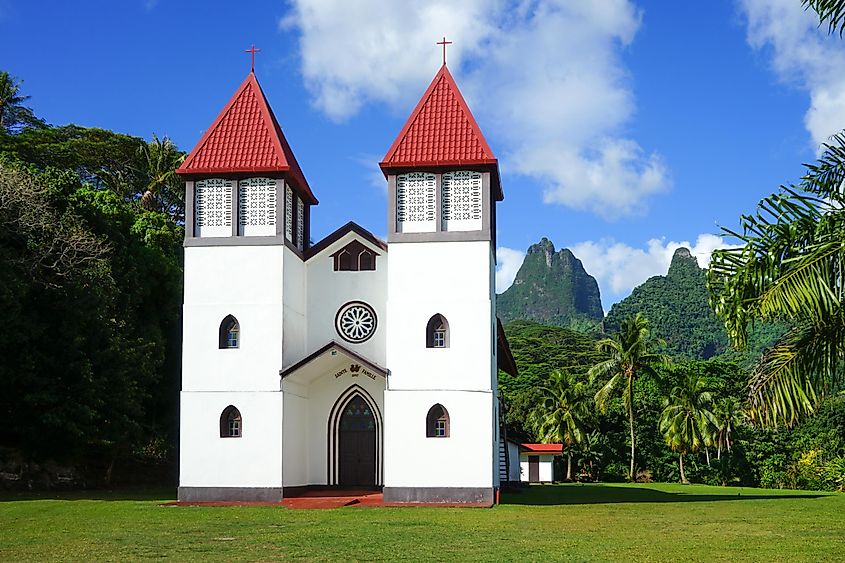
The various Polynesian cultures and traditions changed drastically as a result of colonialism. The first westerners made contact in the 1500s. At that time, there were roughly 500,000 inhabitants scattered throughout the region.
European influence grew more prominently during the 1700s when the first missionaries arrived. As Christianity spread, so too did western power. The land was eventually seized by Britain, France, Germany, and the United States, among other countries. These powers competed for ownership of the islands, leaving the local populations to suffer the consequences.
Traditions and resources were lost and discrimination flourished. In fact, the inhabitants of Easter Island were almost entirely decimated by slavery and newly introduced European diseases. Little remains of their original culture. In 1962, French Polynesia was even turned into a nuclear test site after France lost Algeria, their previous testing grounds.
The introduction of English and Spanish threatened the survival of the various Indigenous languages. Religion was also severely impacted, with missionaries converting most Polynesians to Christianity. Many of the traditional beliefs that continued to exist were largely incorporated into Christian ideology. This type of incorporation was not uncommon during the colonial era. For example, European hymns were combined with Tahitian drone-style singing to create new vocal music known as Himene. Over time, Polynesians even adapted to more western fashions, wearing traditional garb only during special ceremonies.
The Current State Of Polynesia
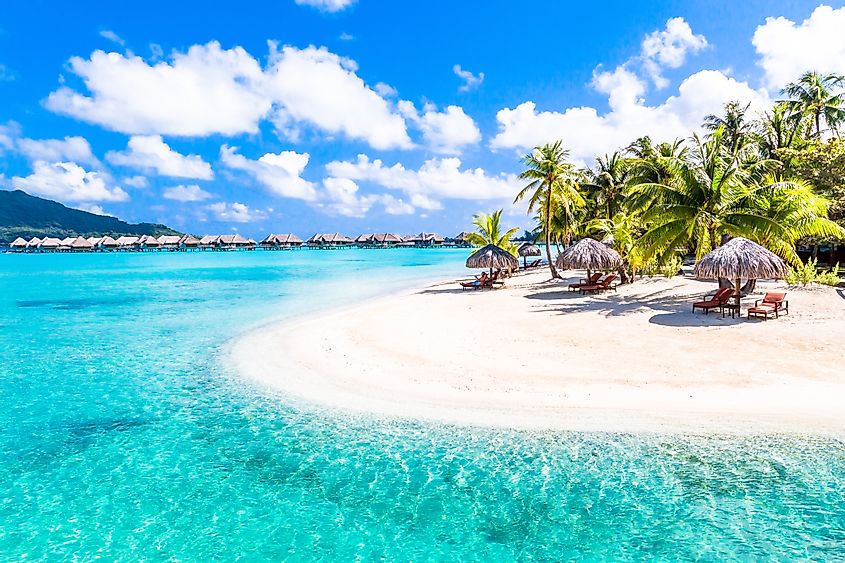
Today, there are approximately two to three million ethnic Polynesians worldwide. Of these, the islands with the largest ethnic Polynesian populations are New Zealand, Samoa, Tahiti, or in the American territories of Hawaii and American Samoa.
With the exception of New Zealand, most of the independent Polynesian Islands receive the majority of their income from foreign aid. Tourism also provides a stable income.
There is no overarching Polynesian culture; it differs from island to island. However, these differences are subtle and are most noticeable to insiders. With that said, in the eyes of Westerners, the region is currently divided by its two distinct cultures: West Polynesia and East Polynesia. The former is largely defined by its large populations, while the latter is relatively contained to the smaller islands.
Despite the erasure of their collective cultures, there are current efforts to revitalize the various practices of pre-colonial Polynesia. For example, education programs in elementary schools and universities are attempting to teach a new generation the original Hawaiian or Maori languages. Ritual tattooing has made a significant comeback. Whether these efforts will succeed remains to be seen, but as of right now, Polynesia exists as a fusion of the old ways and western influence.








